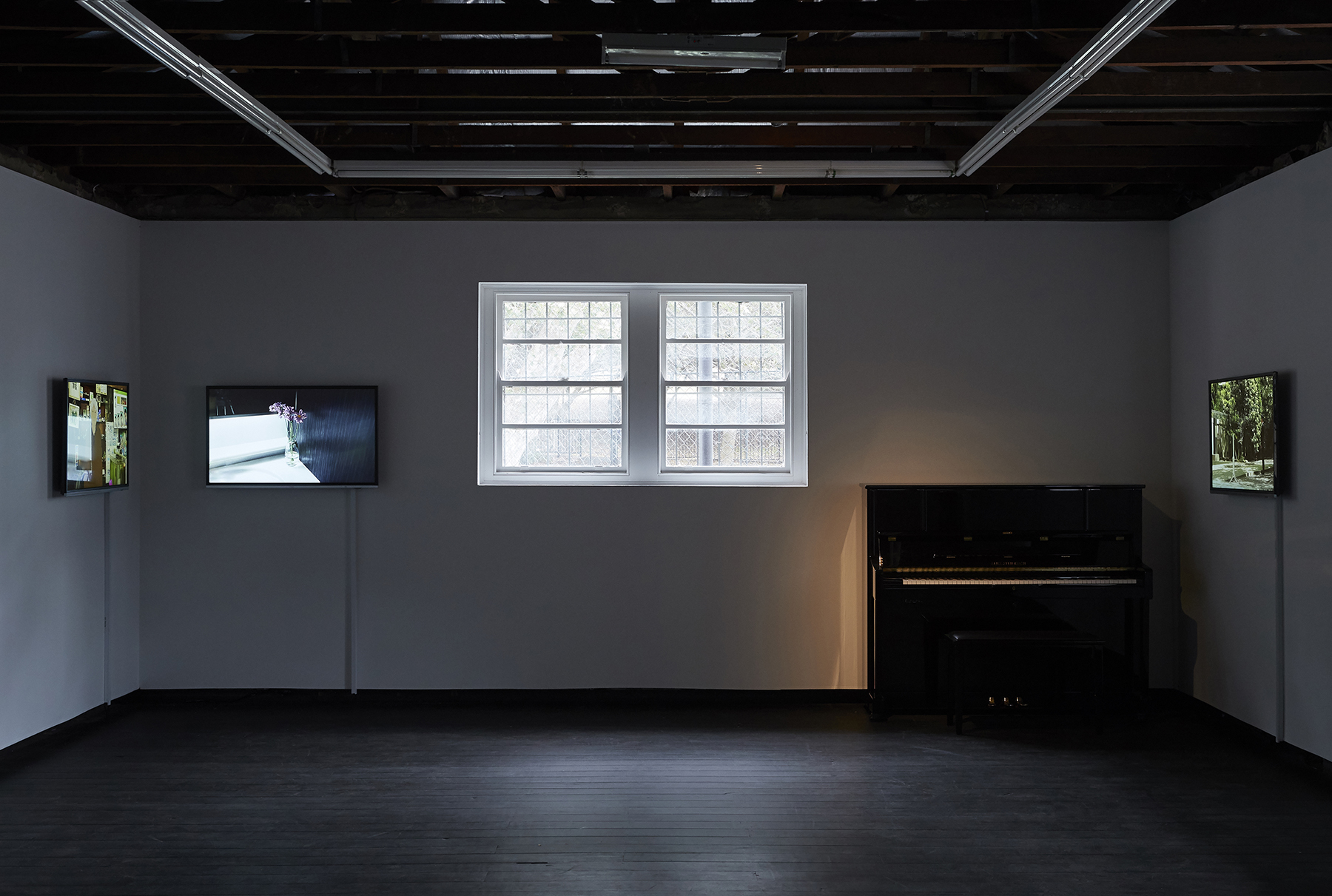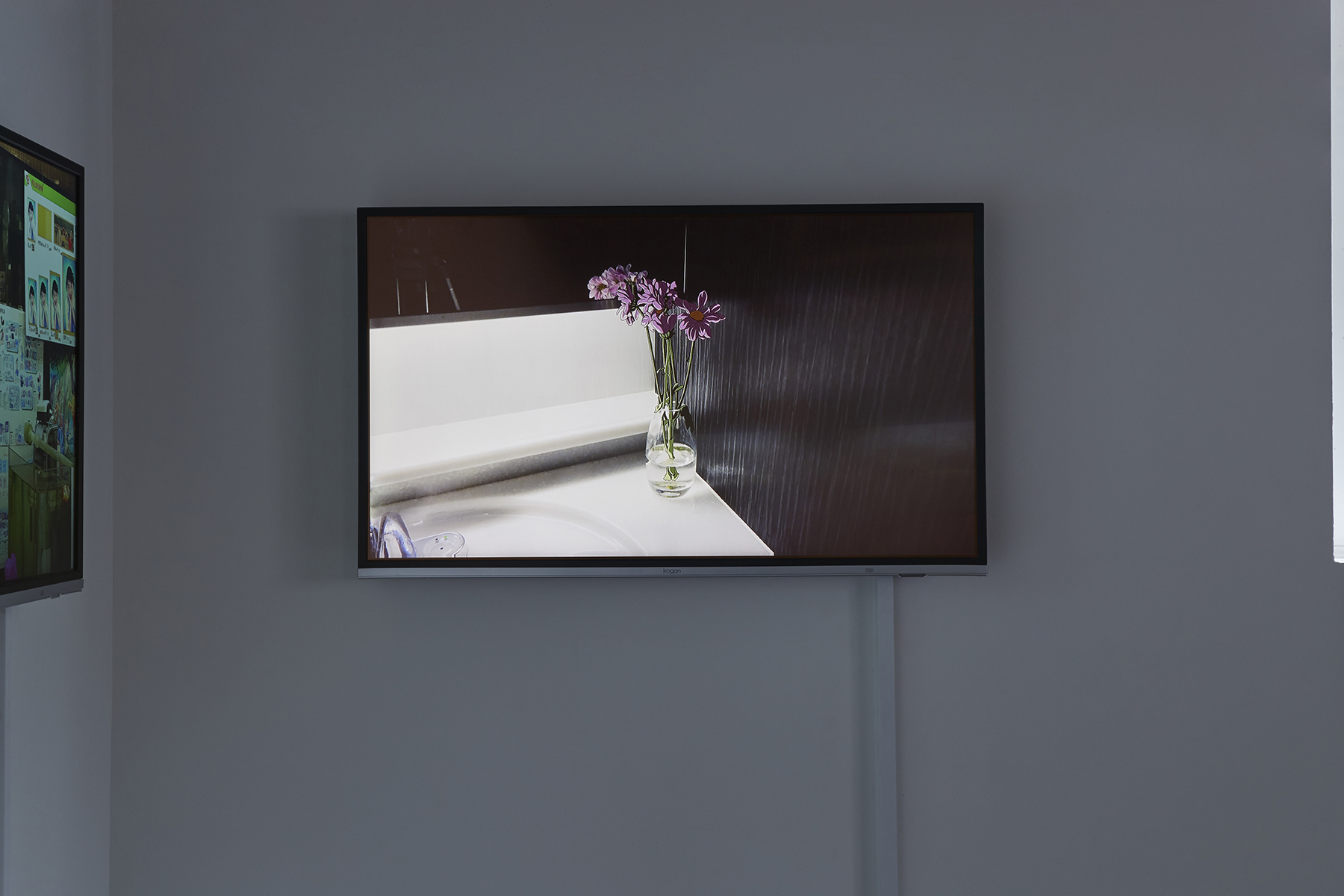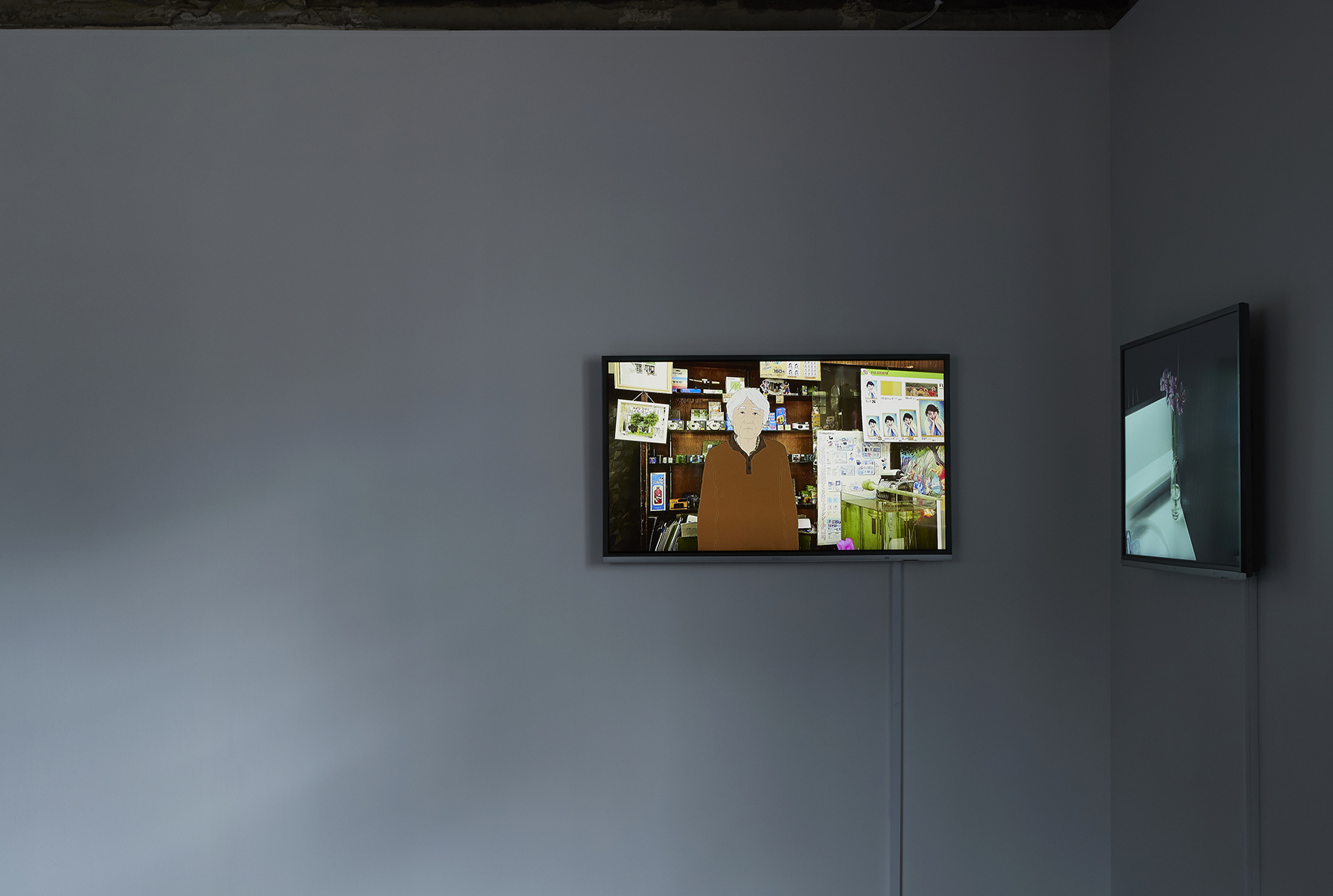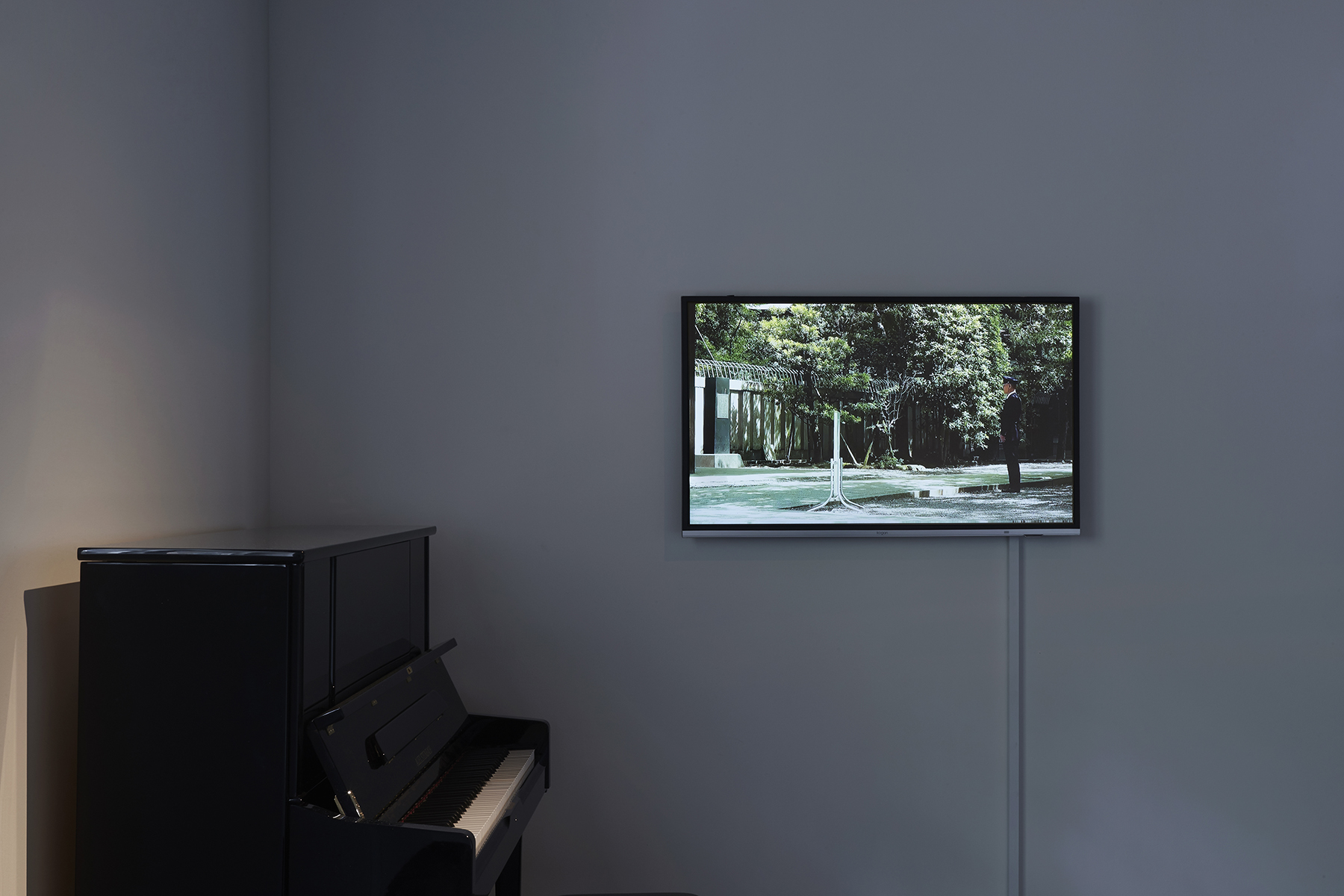Tokyo Trace 2
Curated by Denise Thwaites
Opening 04.10.18 6-8pm
Artist Talks 27.11.18 6-7pm
Steeped in the rich history of Japanese visual culture, Masaharu Sato’s work disrupts established modes of representation through a distinctive practice of tracing. In his animations, uncanny scenes simultaneously allure and agitate the viewer, unifying fact and fiction. Through the act of tracing, Sato ‘shadows’ his subjects. This serves as an intimate ritual, whereby the distinction between Sato as an artist and his depicted subjects, disappears.
His first exhibition in Australia, Tokyo Trace 2, elaborates upon Sato’s guiding artistic and conceptual concerns, shadowing his recent solo presentation, Tokyo Trace, at the Hara Museum of Contemporary Art in Tokyo. Attempting to re-trace the forms and dynamics of this initial exhibition, Tokyo Trace 2 explores the effects of geographical and cultural displacement upon the spatial dynamics of Sato’s work.
In Gallery 1, we present the multi-channel video installation, Tokyo Trace (2015). Twelve screens play scenes from the Tokyo urban landscape, integrating images of the mundane alongside the iconic. Initially filmed by the artist, these videos are partially animated through the meticulous tracing of specific forms. In this, they create a complex and uncertain space where the real and unreal collide. Sato’s intimate connection to these particular places in Tokyo is further invoked through the presence of a piano, playing Debussy’s sentimental Clair de Lune. The play of memory, nostalgia, presence and absence in this work, is complicated in Tokyo Trace 2, by the conspicuous distance between the audience, Sato’s landscapes and the artist himself. We ask: How might an Australian audience intimately connect with these spaces and places, despite the geographical and cultural chasms between them?
This installation is complemented by the nocturnal projection of Sato’s Calling (2014) en plein air, this work having been created in response to the Great East Japan Earthquake which struck shortly after Sato’s return from to Japan. In this work, everyday scenes from his former home-town are traced and rendered in detailed digital animation, accompanied by a soundtrack that features an unanswered telephone endlessly ringing. Through the imagery of the abandoned city, Sato explores an internal landscape of loneliness and anxiety that arises in the context of post-Fukushima Japan.





